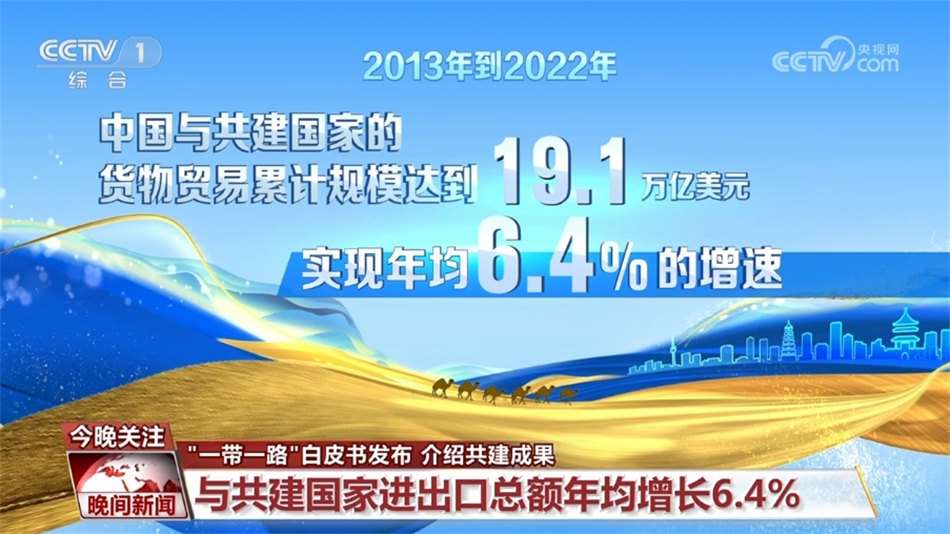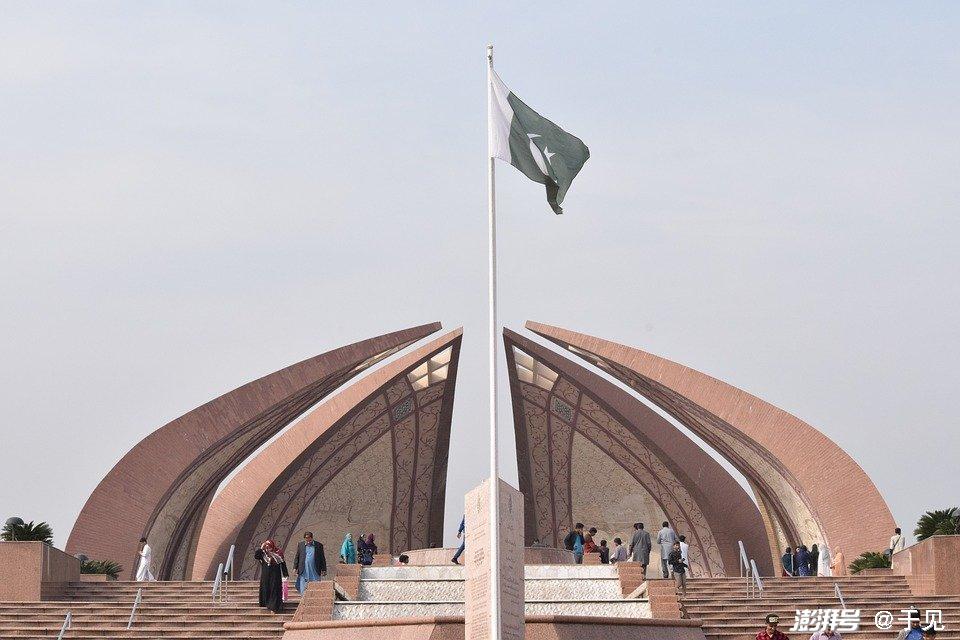What Countries And Economic Potential Development Are Participating In The Belt And Road Initiative?
What Countries And Economic Potential Development Are Participating In The Belt And Road Initiative?
The "Belt and Road" co-construction: Participate in the "Belt and Road" initiative, namely the "Silk Road Economic Belt" and the "21st Century Maritime Silk Road". Since its proposal in 2013, it has adhered to the principles of consultation, joint construction and sharing
Jointly build the "Belt and Road": Participate in the potential of national and economic development
The Belt and Road Initiative, namely the "Silk Road Economic Belt" and the "21st Century Maritime Silk Road", has adhered to the principles of consultation, joint construction and sharing, and has received widespread attention and active participation from the international community. Many countries have worked together to write a new chapter of development.

Participation in the country
The Belt and Road Initiative is widely inclusive and participates in Asia, Europe, Africa, America and Oceania.
In Asia, many countries are actively involved. Singapore, in Southeast Asia, plays a hub role as an important financial and shipping center in the construction of the "Belt and Road". Its advanced logistics management experience and financial service system provide convenience for regional trade and investment. Malaysia's rich natural resources and booming manufacturing industry have achieved resource complementarity and industrial cooperation with other countries through the "Belt and Road". Kazakhstan in Central Asia is a key node connecting the Eurasian continent. It has rich oil and gas resources and has carried out many projects with China and other countries in the field of energy cooperation.
In Europe, Greece's Piraeus Port has become an important container transit port in the Mediterranean region under the cooperation between China and Greece. It not only drives local economic development, but also enhances the port's position in the global shipping network. Central and Eastern European countries also responded positively. As an important economy in the region, Poland has connected with the "Belt and Road" initiative in the fields of infrastructure construction, trade, and strengthened connectivity with countries along the route.
On the African continent, Egypt has been deeply integrated with the Belt and Road Initiative in projects such as the development of the Suez Canal Corridor, promoting trade and investment growth. Kenya's Mombasa-Nairobi Railway is a landmark project for China-Africa cooperation, which greatly improves local traffic conditions and promotes economic development in areas along the route.
In the Americas, Chile is the first country in South America to sign a "Belt and Road" cooperation document with China, and the two sides continue to deepen cooperation in agricultural product trade, mining and other fields. In Oceania, New Zealand and China's cooperation in agriculture, tourism and other fields has been further expanded due to the "Belt and Road" initiative.
Potential economic development opportunities infrastructure construction drives economic growth
Infrastructure construction is a priority area of the "Belt and Road" initiative. Many participating countries have weak infrastructure problems. The financial and technical support brought by the construction of the "Belt and Road" provides an opportunity to improve infrastructure such as transportation, energy, and communications. For example, in Pakistan, a series of infrastructure projects in the China-Pakistan Economic Corridor, such as the Karachi-Lahore Expressway, not only improved local transportation conditions, but also promoted the development of related industries such as construction and building materials, creating a large number of employment opportunities. The improvement of infrastructure has reduced logistics costs, improved trade efficiency, attracted more investment, and promoted the integrated development of the regional economy.

Trade and investment cooperation expands market space
The Belt and Road Initiative has promoted the liberalization and facilitation of trade and investment. Participating countries have promoted the flow of goods and services by reducing tariff barriers and simplifying customs clearance procedures. The scale of trade between China and countries along the route is constantly expanding, and the trade structure is constantly being optimized. At the same time, mutual investment among enterprises is becoming increasingly active. Chinese enterprises have invested in and built many industrial parks in countries along the route, such as the Zhongbei Industrial Park, which has brought advanced technology and management experience to the local area, cultivated emerging industries, and enhanced the local industrial competitiveness.

Energy cooperation to ensure energy security and development
Energy cooperation is an important part of the economic cooperation of the "Belt and Road". Countries with rich energy resources and countries with large energy demand have achieved complementary advantages through the "Belt and Road". For example, Russia's "Siberian Forces" pipeline project that transports natural gas to China has ensured China's energy supply and opened up a stable market for Russia's energy exports. At the same time, cooperation in the field of renewable energy is also being strengthened. China's technology and experience in solar energy, wind energy and other fields have provided support for the development of clean energy in countries along the route, which will help achieve sustainable energy development.

Tourism and cultural exchange promotes the prosperity of related industries
Countries along the "Belt and Road" have rich historical and cultural heritage and unique natural scenery, and are rich in tourism resources. With the advancement of the construction of the "Belt and Road", personnel exchanges between countries are becoming increasingly frequent and the tourism market is constantly expanding. The development of the tourism industry has driven the prosperity of related industries such as catering, accommodation, and shopping, creating a large number of jobs. At the same time, cultural exchanges have also promoted mutual understanding among the people and laid a good social foundation for economic cooperation.
The Belt and Road Initiative has brought unprecedented development opportunities to participating countries. In the future, with the continuous deepening and expansion of cooperation among countries, the "Belt and Road" will surely play a more important role in promoting global economic growth and achieving common development, and contribute more strength to building a community with a shared future for mankind.





